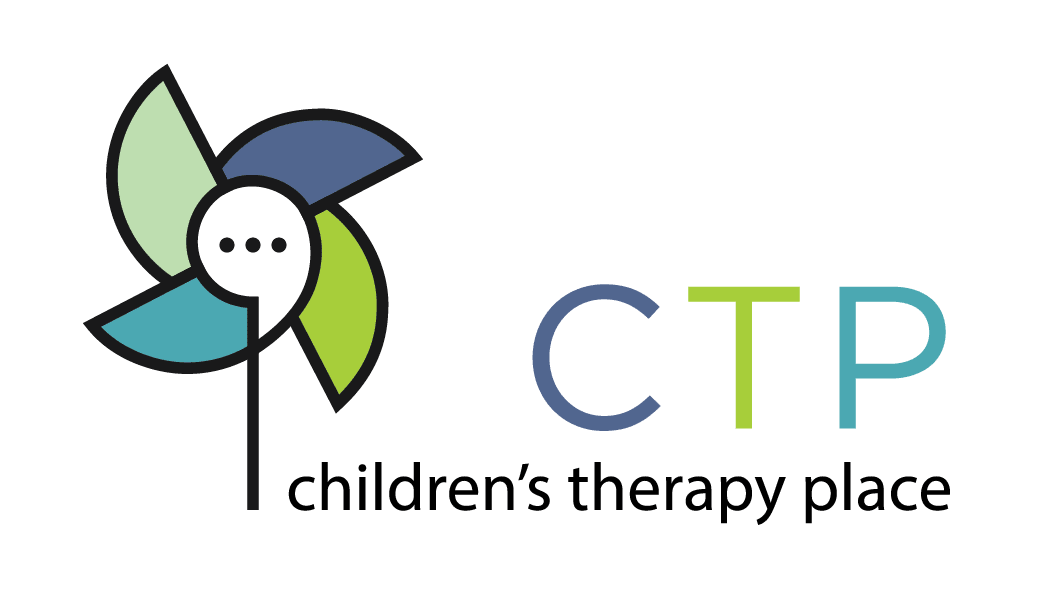Why do therapists “just play” with my child?

It is a known fact that children would rather “play” than “work.” Play can be performed multiple ways, but we are going to explore 2 types of play: “Free Play” and “Therapeutic Play.” When we give a child the opportunity to do free play, we can typically observe that the child is intrinsically motivated, has fun with their autonomy, and the play is performed for their own sake rather than having a purpose. During free play, the child is the director and steers the play how they want it to be.
However, in therapy, goals and objectives are established by the therapist (with input from parents and the child), who then directs the play to achieve the goals and objectives.
Therapeutic Play activities are used in occupational therapy in two primary ways:
1. As intervention modalities, which means using a play activity to improve specific skills in an area other than play. An example of this would be to complete an obstacle course to work on physical skills or cognitive skills.
2. As an intervention goal, which is used to improve the occupation of play itself. An example of this would be to use structured play to work on cooperative play with peers, working on turn taking, following instructions and rules, or how to initiate play ideas with others.
Play can be used specifically to elicit cognitive, motor, visual, sensory, psychosocial, social emotional, behavior and creativity outcomes for a child of any age. Therapeutic Play may motivate the child to complete a specific task (goal) that can then be generalized during environmental interaction beyond play and into other aspects of their life. The therapist should model a playful attitude through speech, body language, and facial expressions. To develop playfulness, the child must develop intrinsic motivation, internal control, ability to suspend reality, and ability to give and read verbal and nonverbal cues when interacting with peers and caregivers.
Although therapists typically use play innately, it is also supported in evidence-based research, specifically by Dr. Karyn Purvis. Her research suggests “that it takes approximately 400 repetitions to create a new synapse in the brain, unless it is done in play, in which case it only takes 10 to 20 repetitions. Whether it be board games, crafts, puzzles, or imaginative games, a child is always learning. For learning to occur in play, it should be done in a stress-free environment, and it should be meaningful for the child. It is important to foster the development of skills in play to help children reach their full potential.” Therefore, play is a supported and evidence-based practice to help a child develop the skills they are seeking therapy for.
By: Dr. Kylie Hohwieler, OTD

